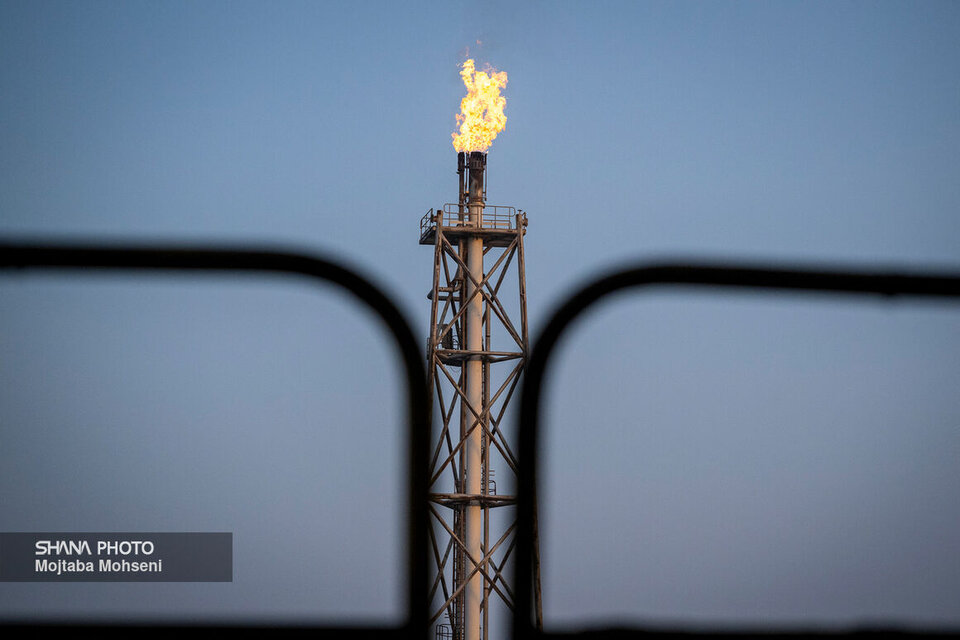The development of South Pars, known to be the world’s largest, is highly significant. Iran’s Minister of Petroleum Mohsen Paknejad said recently that $6 billion agreements would be signed for gas compression at South Pars. He said a total of $17 billion would be needed for pressure boosting at South Pars, which would earn the country $800 billion by increasing gas and condensate output at the offshore massive reservoir.
Discovered in 1990 by the National Iranian Oil Company (NIOC), South Pars lies 3,000 meters below the seabed. Iran holds 3,700 sq km and Qatar owns 9,700 sq km of South Pars in the Persian Gulf. South Pars is estimated to hold about 14 tcm of recoverable gas and 18 billion barrels of condensate.
Why South Pars Matters to Iran
South Pars is a vital artery for Iran, as it remains the largest source of natural gas for the country. It supplies the bulk of domestic gas needs. In addition to meeting domestic demand, South Pars provides gas for export to Iraq and Turkey, which yields hard currency revenue for the country. South Pars meets 70% of Iran’s gas needs. The natural gas recovered from South Pars is used as feed for petrochemical plants and to generate electricity. Therefore, as far as energy security is concerned, this field is economically and strategically important for Iran. Sepahdar Abbaszadeh, a deputy CEO of Pars Oil and Gas Company (POGC), recently said South Pars hit a production record of 714 mcm/d.
Gas Compression is a Must
Gas recovery from South Pars is experiencing fall-off on an annual basis and therefore production at its blocks should be preserved. According to experts, pressure fall-off at South Pars is to enter a new phase in 2026. Paknejad has already prioritized compression projects as a priority of the Ministry of Petroleum. In case this project is not implemented, South Pars would be losing 25 mcm a year. The 14th administration is considering seven compression centers in a bid to resolve the challenge of pressure fall-off at South Pars, which would require $2.5 billion in investment. Paknejad has said that a $6 billion package of compression projects would have been signed by March 2025. He has said that about $17 billion in investment would be needed for compression projects, which would earn the country $800 billion as far as South Pars would be producing gas and condensate. Why should compression platforms be installed at South Pars? The pressure from existing wells in South Pars platforms should be normally 120 Bar to carry 1bcf of gas onshore. Therefore, when this pressure drops to 100 Bar, it would not be easy to carry 1bcf of gas and when it comes down to 90 Bar, only 700 mcf of gas may be carried onshore, which would finally cause pressure fall-off. In other words, wellhead pressure would drop gradually, resulting in an output fall. That highlights the role of compression platforms. Pressure fall-off in gas production would result in a lower gasoline supply. Therefore, with pressure fall-off, gas condensate production drops as well. If this challenge is not overcome, exorbitant costs would need to be spent on electricity, gas, and gasoline imports.
Technologies Needed for Compression
Compression platforms with a capacity of 2 bcf are able to enhance pressure to 90 Bar. Iran aims to build compression platforms at its onshore yards, but as such platforms would weigh 20,000 tonnes each, there is no experience of more than 7,000-tonne platforms in Iran, first and foremost necessary infrastructure should be provided.
South Pars has 38 platforms including production and logistic platforms. They are similar to each other. Priority is given to border platforms to prevent gas migration.
Some of the characteristics of this pressure-boosting platform are: sophisticated design, the need for proper equipment layout, and compliance with safety and operational issues. Its installation requires the application of the float-over method. The conceptual and basic design of the gas pressure boosting platform in South Pars was prepared by an international consultant to serve as an accurate model for Iran in South Pars phases.
Pressure boosting is the most important and strategic project of the Ministry of Petroleum due to its role in gas and condensate production, gas recovery, and migration prevention. The minister of petroleum has warned that pressure fall-off would begin in two years, should no compression project be implemented. Emphasizing the necessity of such a project, he has said that financial arrangements have been made for that purpose.
South Pars Development Status
South Pars consists of 28 production blocks that are being developed in 24 phases with a view to a total supply of 790 mcm/d of gas. Except for SP11, all phases of South Pars have been developed. SP11 lies along Iran’s border with the State of Qatar. NIOC signed, in 2017, an agreement with a consortium of France’s then Total, China’s CNPCI, and Iranian Petropars for SP11 development. But as the US reimposed sanctions on Iran’s oil sector, foreign companies pulled out. An Iranian company is developing SP11 whose first production commenced in 2023.
The gas produced at South Pars is delivered to the South Pars Gas Complex (SPGC). Of a total of 860 mcm/d of gas fed into Iran’s gas network, 590 mcm/d is supplied by SPGC which also yields 700,000 b/d of condensate, 20,000 tonnes a day of LPG, 1,500 tonnes a day of sulfur and 5,000-6,000 tonnes a day of ethane. Therefore, in addition to supplying national gas needs, it is a key contributor to the national economy. SPGC’s gas production is equivalent to 3.5 mb/d of crude oil.


Your Comment